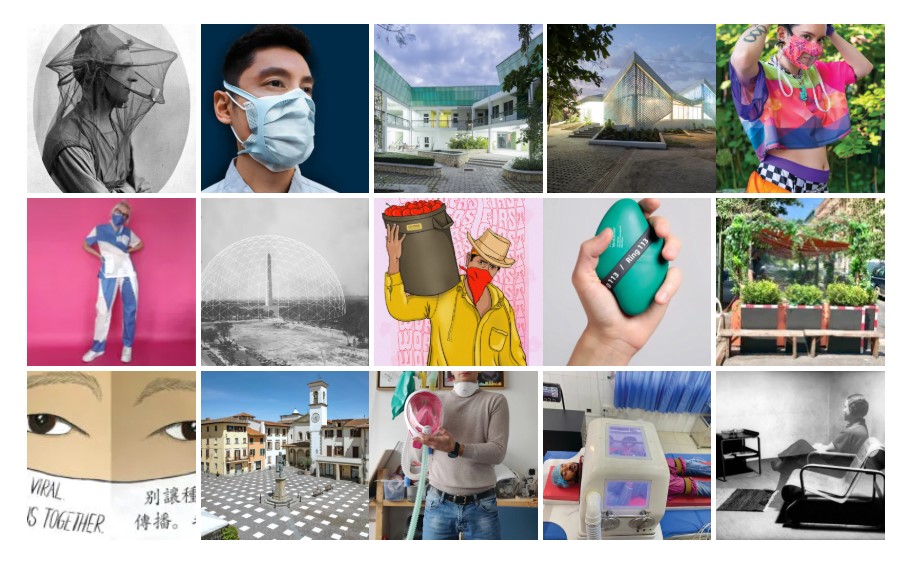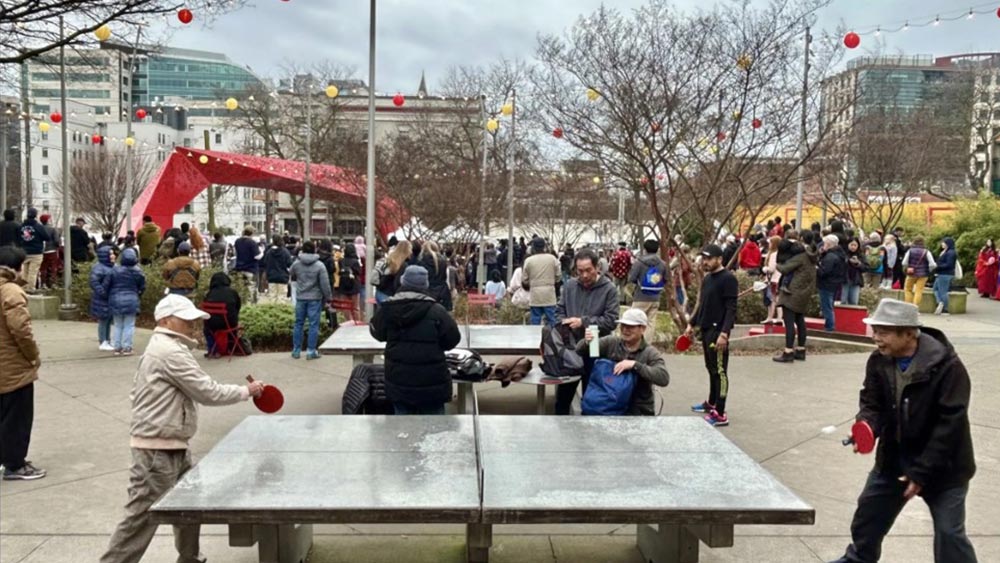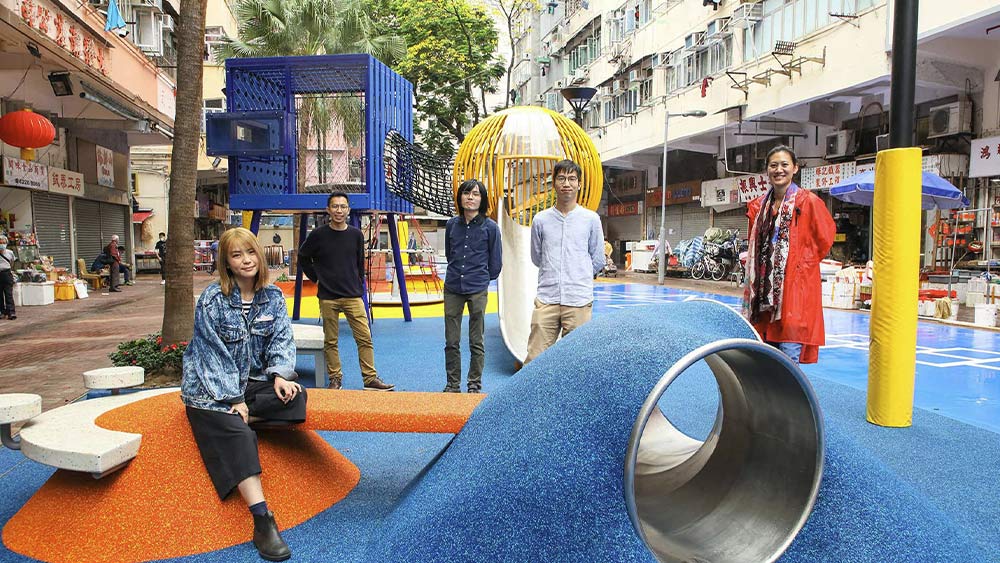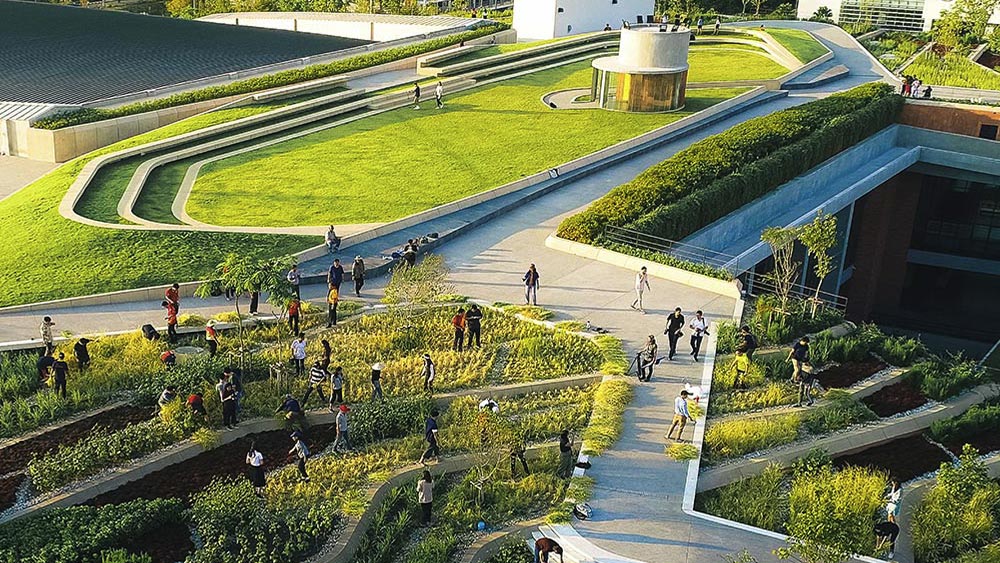In Conversation With: Peter Murray on Making Architecture More Accessible
Whether it is using animals, words or other creative means, British architectural writer and curator Peter Murray is on a mission to make good design and city-making more relatable and engaging to everyone.
Writer Serene Tng
You trained as an architect but spent most of your career writing about and commenting on architecture rather than practising it. Why have you chosen this path?
Peter: An architectural historian’s sharing to children about architecture sparked my interest to study architecture. As I began to write more about architecture, I realised that I could contribute to the fraternity meaningfully without designing buildings.
I found a greater purpose in helping people to appreciate and understand the impact and value of architecture.
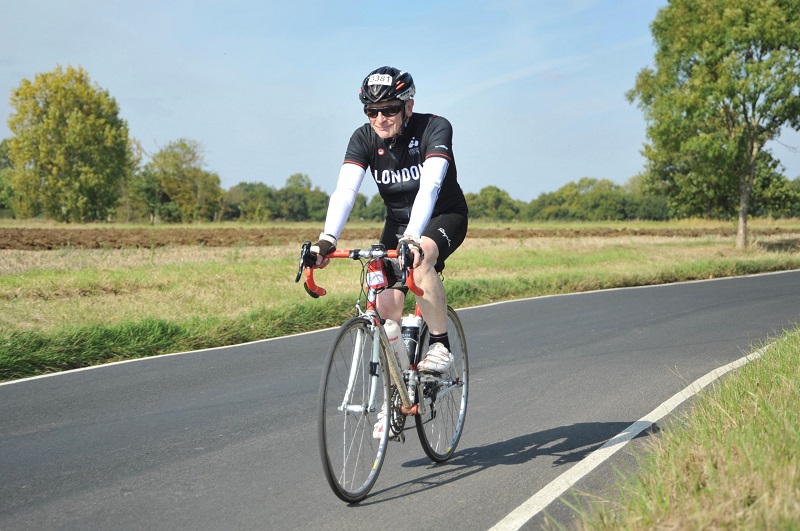
You have made architecture and city-making more accessible to people through the annual London Festival of Architecture that you started in 2004. What inspired you to start it?
Peter: I recall attending one of the international Venice Biennale editions which celebrates art and architecture. They had a fantastic party. Architects from around the world attended, but there appears to be little impact on the city of Venice and its citizens.
I like the idea of having a festival, but it should have a greater influence and impact on the city and people. I started the festival for London as it is an engaging way to help people appreciate the evolution of the city and how this relates to their daily lives.
It’s interesting that animals were featured prominently for the first few editions of the festival.
Peter: We used animals as historical symbols to reflect the way our streets were used in the past. These symbols are also linked to contemporary architecture to make them more relatable. For the first edition of the festival, we focused on revealing how our city took shape.
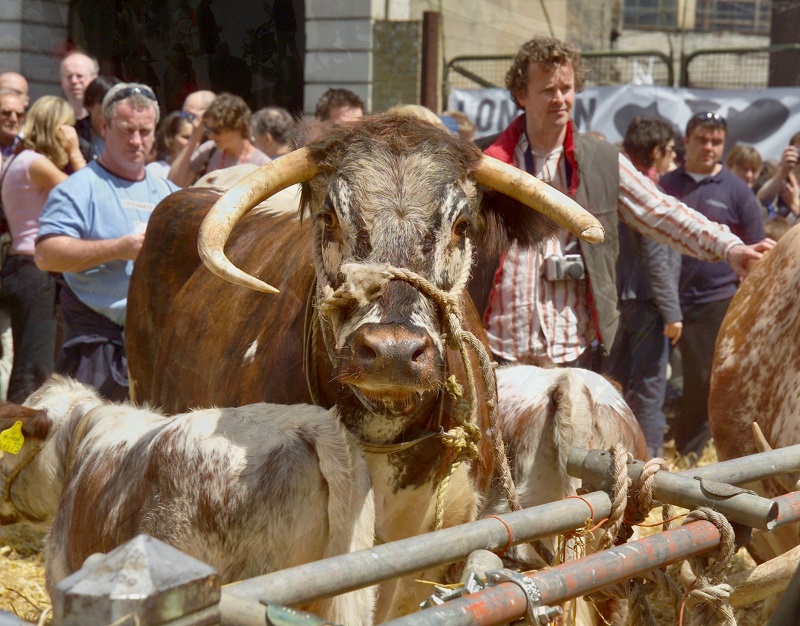
In the past, farmers would often move their cattle through the city. Thus, we closed off the streets and recreated the use of the streets as it was in the 18th century. We brought in the same breed of cows that walked these streets 200 years ago. This helped to explain why the streets are so wide and shaped the way they are. It inspired people to appreciate our past and be excited to imagine the future together. The first edition attracted 15,000 people.
Through the festival, we have found that the best way to engage people is to have the festival take place on the streets and in key public spaces. Streets should not just be for cars; they are public spaces for people too.
How is London doing in creating a more pedestrian and cyclist friendly city?
Peter: In London, we target for 80 per cent of journeys to be active travels by 2040. Active travel means walking, cycling, or using the public transport. We are just over 60 per cent now.
Fundamentally, encouraging active mobility is all about how well we design and use our streets and road networks, which includes all other mobility options. While the introduction of congestion charges in London like Singapore’s ERP (Electronic Road Pricing) did help to manage traffic congestion in the city, there are a lot more delivery vehicles, taxis and private-hire vehicles using the roads and streets but in inefficient ways.
Delivery vehicles may sometimes be carrying one to two packages only. Uber cars may be spending time driving around the streets without passengers while waiting for their next one.
We are finding better ways to consolidate deliveries and make more efficient use of our road networks. Curb parking and even underground parking may be redundant in future, releasing even more spaces for people to enjoy.
There is an increasing focus on creating good public spaces. Some roads and layouts have changed so that instead of four lane motorways, we have public parks instead. There are also plans to pedestrianise Oxford Street, the main retail street in London
You co-founded New London Architecture platform in 2005 to help more people understand and engage with architecture. What motivated you to start this initiative?
Peter: It happened by chance. I was asked to curate an exhibition at the Building Centre in London which displayed many products for architects, such as bricks, tiles, bathroom materials etc. The building had an exhibition space which was empty, and nobody was coming to the building.
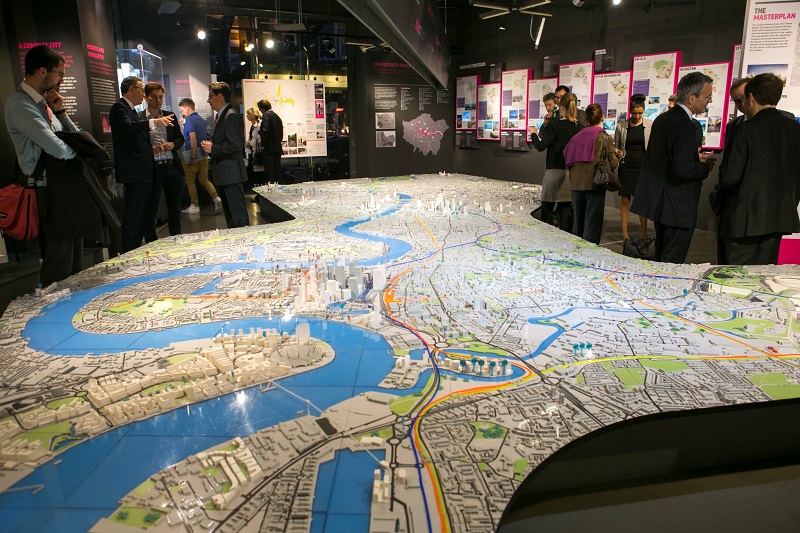
We had a large model of central London and started exhibiting architects’ works and had temporary exhibitions about the city. It just evolved and grew from there. What I am most proud is how through this platform, we have made architecture a lot more accessible to a wider audience. We have built the largest network of built environment professionals of any city in the world.
Over time, the platform also facilitated discourse and shared feedback on a range of topics from housing to infrastructure through expert panels. These contributed directly to shaping London.
How can we get people to better understand and appreciate well-designed buildings and spaces?
Peter: The key is to be able to explain concepts, thinking and ideas behind our plans and designs to the public in simpler and clearer ways. We must also do this creatively and make it compelling. For example, for architects and designers, people are often curious about why they designed buildings in a particular way? Why is the building so tall? Why is the layout like this?
It is not just about improving our communication with the public. Architects, planners, urban designers and those in the built industry also need to be able to explain their ideas to their peers effectively.
What continues to excite you about architecture?
Peter: When I was younger, I would have said that what is most exciting is being able to design and create buildings and spaces for the future. As an architect, in the short term, you are always thinking about the use of the buildings you design for your clients or the occupants. In the longer term, you are thinking about how to sustain its life span and use.
But now, what excites me more is how architecture can contribute to addressing more complex challenges and changing needs to shape our current environments for our future. For cities like London, which is 2,000 years old, how can we marry the best of our past and yet plan and design adaptive buildings and environments for a more sustainable future?
Peter Murray (in red tie with Mayor Sadiq Khan) is the 2025 President*s Design Award Architectural Panel jury member.

He is Co-Founder of the New London Architecture think tank and the London Centre, Founder of the London Festival of Architecture, Chairman of the Temple Bar Trust and Trustee of Earth Architecture Lab. He was Design Advisor to London Mayor Boris Johnson as well as Design Advocate for Mayor Sadiq Khan, Advisor to the KSA Architecture and Design Commission, member of the King Salman Charter for Architecture and Urbanism Advisory Committee, and Adjunct Professor at the IE University in Madrid. He is a keen cyclist and advocate of active travel in cities. He was awarded an OBE in 2021 by HM Queen Elizabeth ll for leadership in the arts, architecture, city planning, and design.
To hear more from Peter Murray, watch the P*DA Jurors’ Forum 2025 event video.
Head to our Jurors 2025 page to read Peter Murray’s biography.
The recipients of the President*s Design Award 2025 will be announced in July. Catch the P*DA 2025 exhibition around Singapore from August onwards. Keep up to date by joining the Dsg mailing list.
This article was first published by the Urban Redevelopment Authority (URA). The P*DA is jointly administered by the DesignSingapore Council and the URA.

